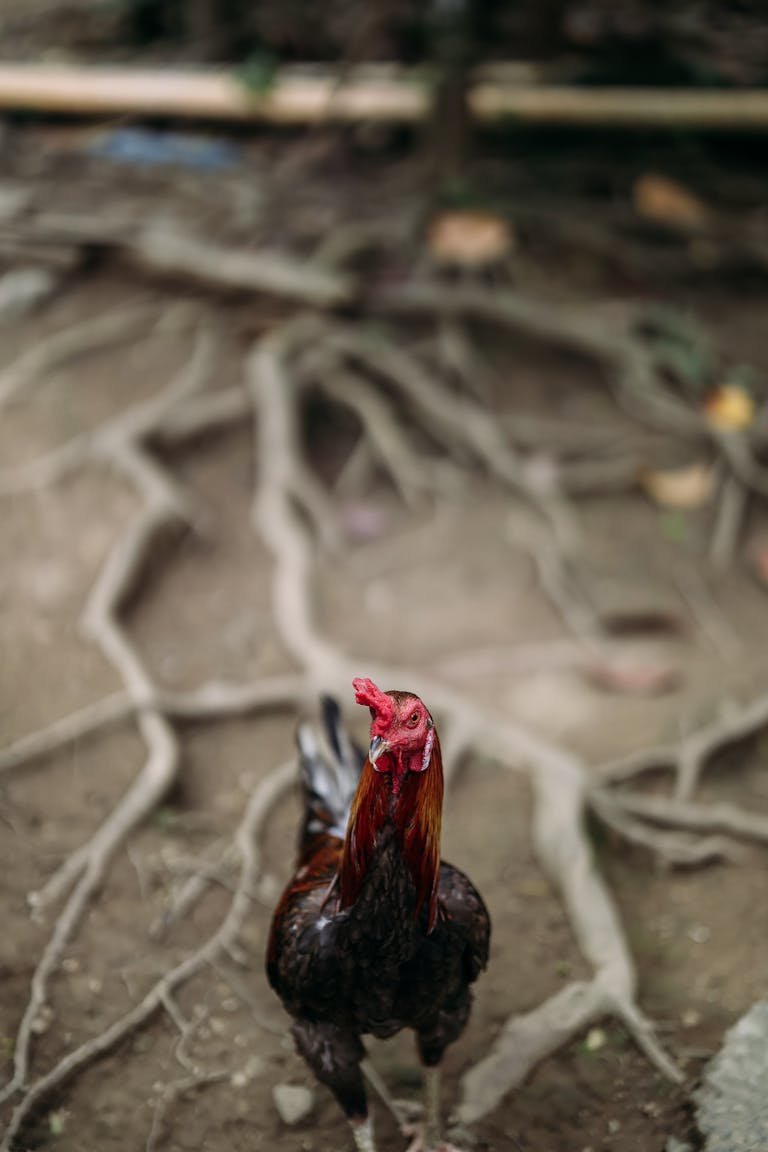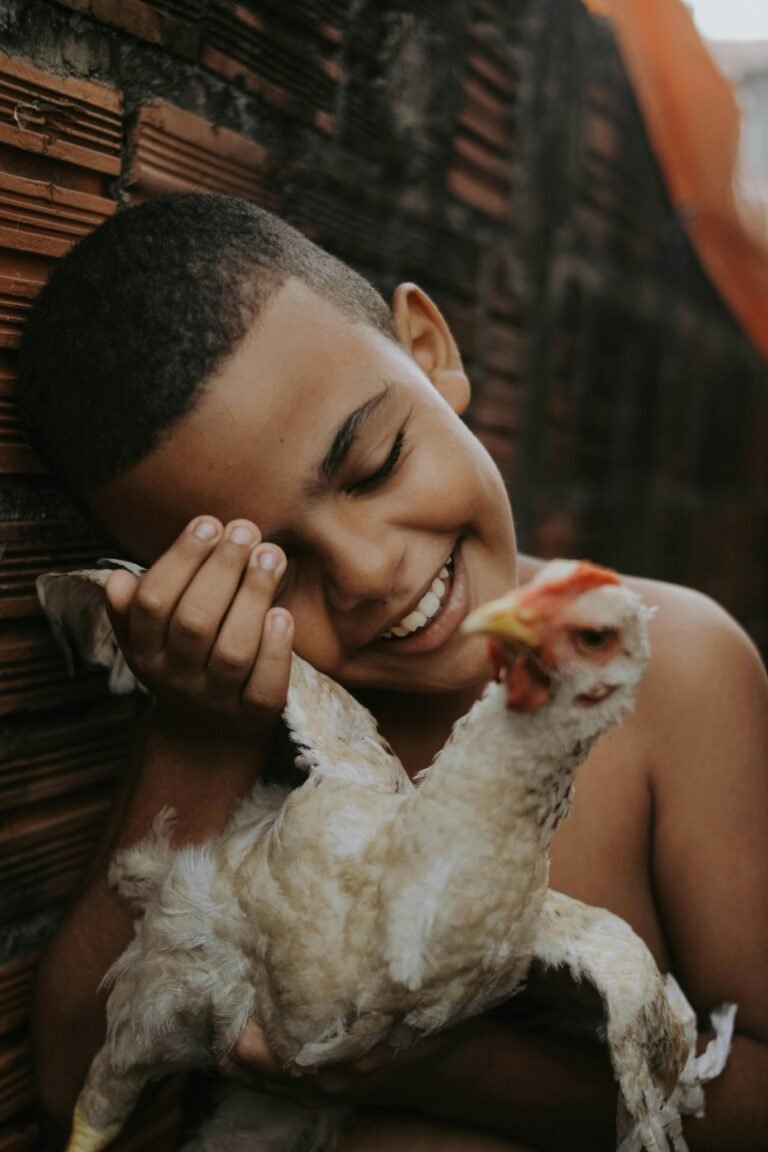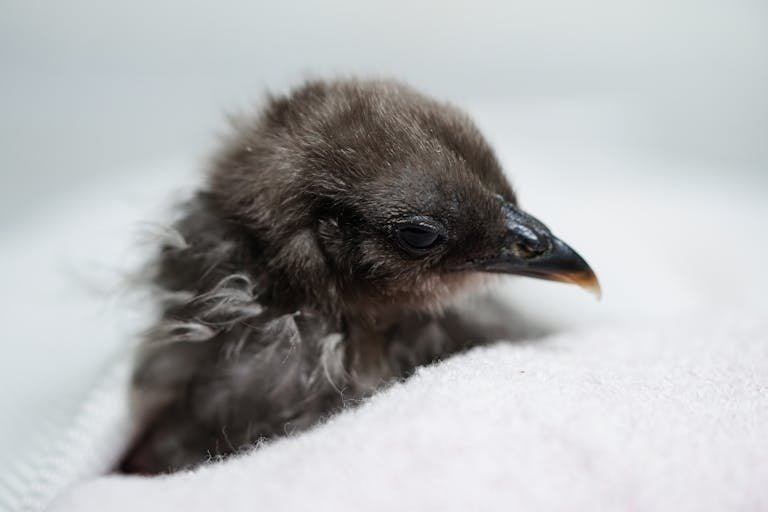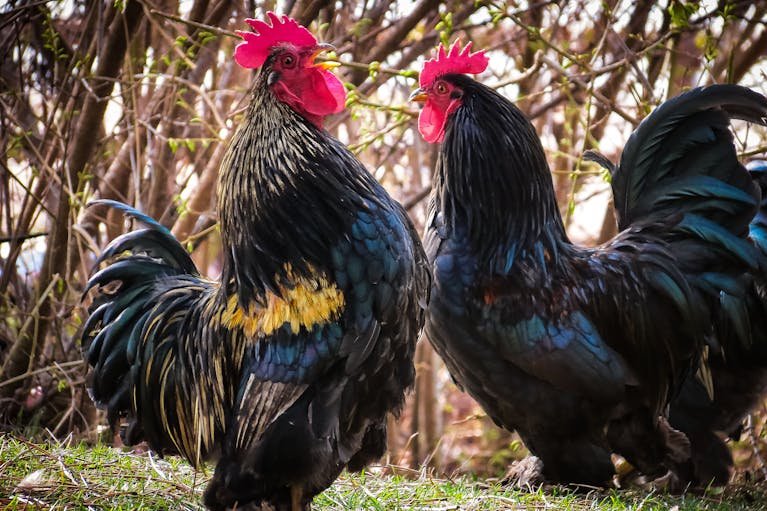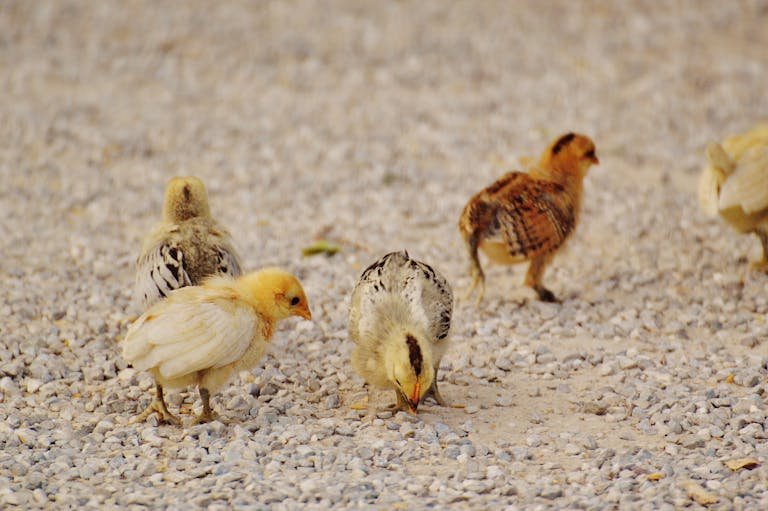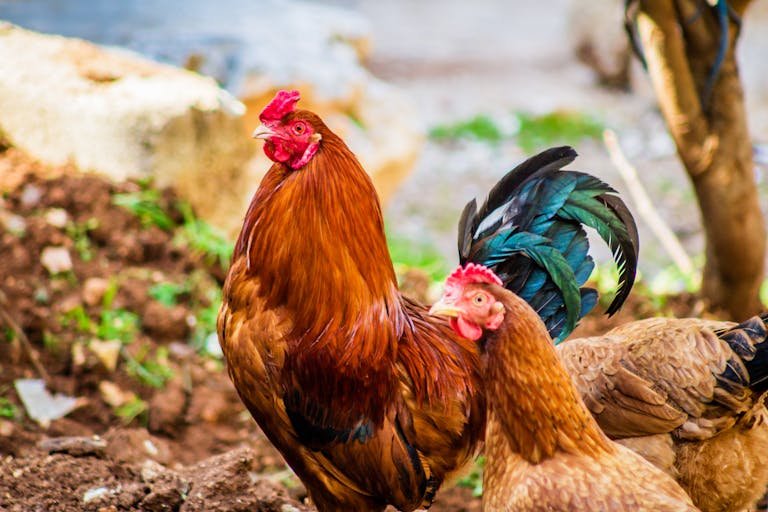Silkie Comb Secrets: Rooster vs Hen – Uncover the Truth

Silkies are one of the most popular and cute breeds of chickens due to their look and friendly disposition. One of the most interesting things when trying to differentiate between male and female Silkies is to look at these combs. This guide will provide comprehensive details of Silkie rooster comb vs hen comb, helping poultry enthusiasts and backyard chicken keepers better understand and identify their birds.
Silkie Rooster Combs
The combs of Silkie roosters are further developed and are much different from those of the hens.
Characteristics of Rooster Combs
Cockerels have larger and more developed combs when compared to hens especially when scaling down young chicks for gender identification.
Types of Rooster Combs
- Walnut Comb: The most frequent type seen in Silkie roosters; has a rough, uneven, and knobby appearance.
- Color and Texture: Usually bright red or dark purple in color, the surface of the fruit can look bumpy and uneven.
Understanding Silkie Chickens
Silkies are unique chicken breeds because of their appearance and character which are quite different from the other ordinary birds. They are popular, especially among people who keep chickens in their backyards and are friendly chickens.
Characteristics of Silkies
- Feather Type: Unlike other chickens, the Silkie has soft feathers with a texture similar to fur.
- Color Variations: They are available in white, black, blue, and buff as mentioned above.
- Temperament: Silkies are not very active birds and are docile in nature, thus being ideal pets.
The Importance of Combs in Chickens
Feathers play an important role in the physiology of birds as well as the socio-psychological needs of chickens.
Functions of Combs
- Temperature Regulation: combs play a thermal control system in regulating the heat of a chicken.
- Social Significance: They are used in courtship displays and in establishing dominance within groups of birds.
| Feature | Silkie Rooster Comb | Silkie Hen Comb |
|---|---|---|
| General Appearance | Typically larger, more pronounced, and often more elaborate. | Smaller and more subtle compared to the rooster. |
| Size | Larger and more prominent, with a noticeable increase in size and prominence. | Smaller in size, less pronounced. |
| Shape | Generally has a more elaborate shape with distinct, well-defined lobes. | Simpler and less elaborate, with fewer lobes. |
| Color | Can range from deep red to a slightly darker or even purplish hue. | Similar color range but often less vibrant than roosters. |
| Texture | May appear more rugged or bumpy due to the increased size. | Smoother and more uniform in texture. |
| Functionality | Plays a role in attracting mates and establishing dominance. | Primarily a secondary sexual characteristic; less emphasis on attraction. |
| Development | Develops earlier and becomes more pronounced as the rooster matures. | Develops more slowly and remains less prominent throughout life. |
| Visual Distinction | Easier to distinguish from hens due to its size and shape. | Often harder to differentiate from other hens without close inspection. |
| Behavioral Influence | Can influence the rooster’s behavior, such as crowing and mating displays. | Less impact on behavior compared to roosters; more related to overall health. |
| Health Indicators | A well-maintained comb can indicate good health, though its size can sometimes mask minor health issues. | Similarly, a healthy comb reflects the hen’s overall health, with less emphasis on size. |
| Breed Variation | In Silkies, the comb is a key breed characteristic, with specific shape and size expected. | Variations exist but are generally less pronounced than in roosters. |
| Seasonal Changes | May change in size or color with the seasons, though less so than in other breeds. | Less noticeable seasonal changes; more consistent throughout the year. |
Practical Tips for Identifying Combs
Correct recognition of rooster and hen combs can be useful in the management and selection of breeding birds.
Observation Techniques
Patience is required when it comes to looking at different combs because they have specific characteristics.
Regular Monitoring
- Frequent Checks: Inspect combs as the chickens grow up.
- Note Changes: It is recommended to monitor changes in size, color, and texture of the skin and the lesions.
Using Combs for Gender Identification
During the physical examination of Silkie chickens, combs can also help determine the gender of the bird when used hand in hand with other features.
Combine with Other Traits
- Behavioral Cues: Roosters tend to exhibit dominance more than the other gender.
- Feather Patterns: Focus on feathering and the shape of the body of the opposing boat.
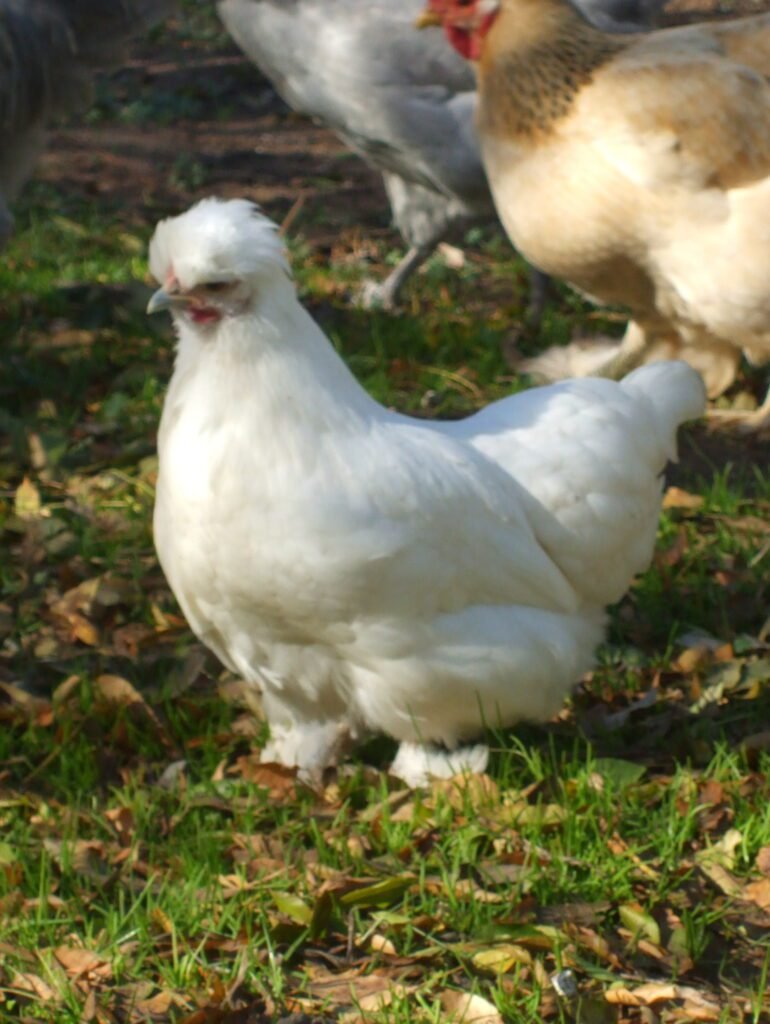
Factors Affecting Comb Development
The following are some of the factors that can affect the combs and their development in Silkie chickens.
Genetic Factors
Physical characteristics such as the size and shape of the comb are highly determined by genetic factors with regard to chickens.
Breed Standards
- Silkie Standards: There are some general rules that describe how the combs of show Silkies should look like and how many of them the bird should have.
- Variations: This statement is because genetic variation could result in variation despite the same breed.
Environmental Factors
As for the comb development and its appearance, environmental conditions also have an effect.
Climate and Temperature
- Heat Exposure: This indicates that in warmer climates it may favor more of the growth of these combs for cooling.
- Cold Exposure: In colder climates, combs may remain smaller to conserve heat.
Health and Nutrition
Comb health and color are also determined by the health of the chicken and the diet it feeds on.
Nutritional Needs
- Balanced Diet: Adequate nutrition supports healthy comb development.
- Supplements: Vitamins and minerals can enhance color and growth.
Read Also; Do Silkie Hens Have Wattles?
Closing Words
It is important for anyone involved in rearing poultry to know the dissimilarities that exist between the comb of a Silkie rooster and a Silkie hen. Understanding the various types and uses of these combs will enable people to attend to and breed these cute birds effectively. Having information about Silkies combs would be very useful whether you get this bird for showing, for pets, or for egg-laying purposes.
